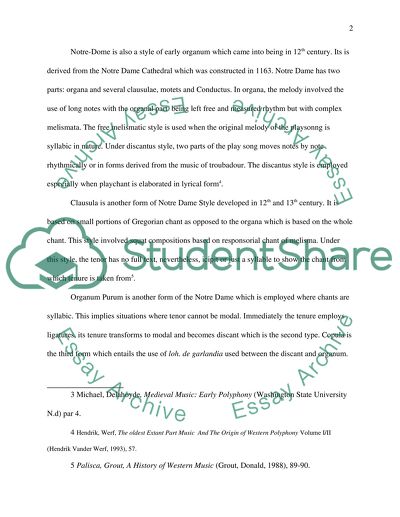Cite this document
(“Polyphony in the Middle Ages Research Paper Example | Topics and Well Written Essays - 2000 words”, n.d.)
Retrieved from https://studentshare.org/music/1449906-polyphony-in-the-middle-ages
Retrieved from https://studentshare.org/music/1449906-polyphony-in-the-middle-ages
(Polyphony in the Middle Ages Research Paper Example | Topics and Well Written Essays - 2000 Words)
https://studentshare.org/music/1449906-polyphony-in-the-middle-ages.
https://studentshare.org/music/1449906-polyphony-in-the-middle-ages.
“Polyphony in the Middle Ages Research Paper Example | Topics and Well Written Essays - 2000 Words”, n.d. https://studentshare.org/music/1449906-polyphony-in-the-middle-ages.


